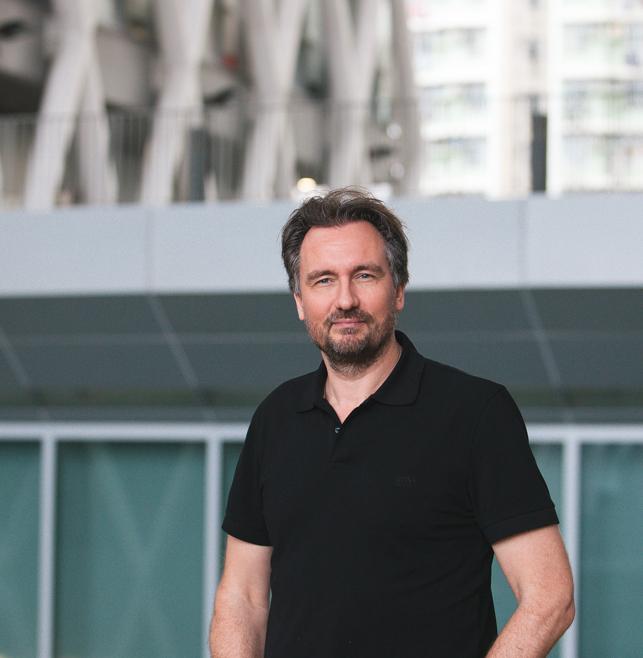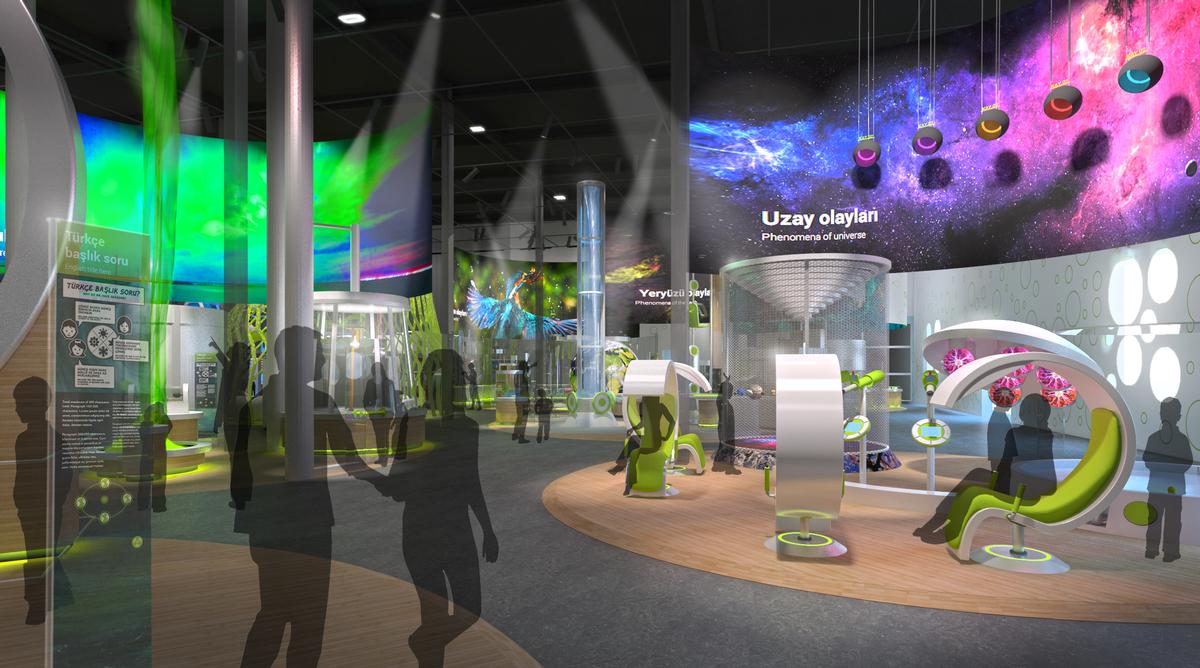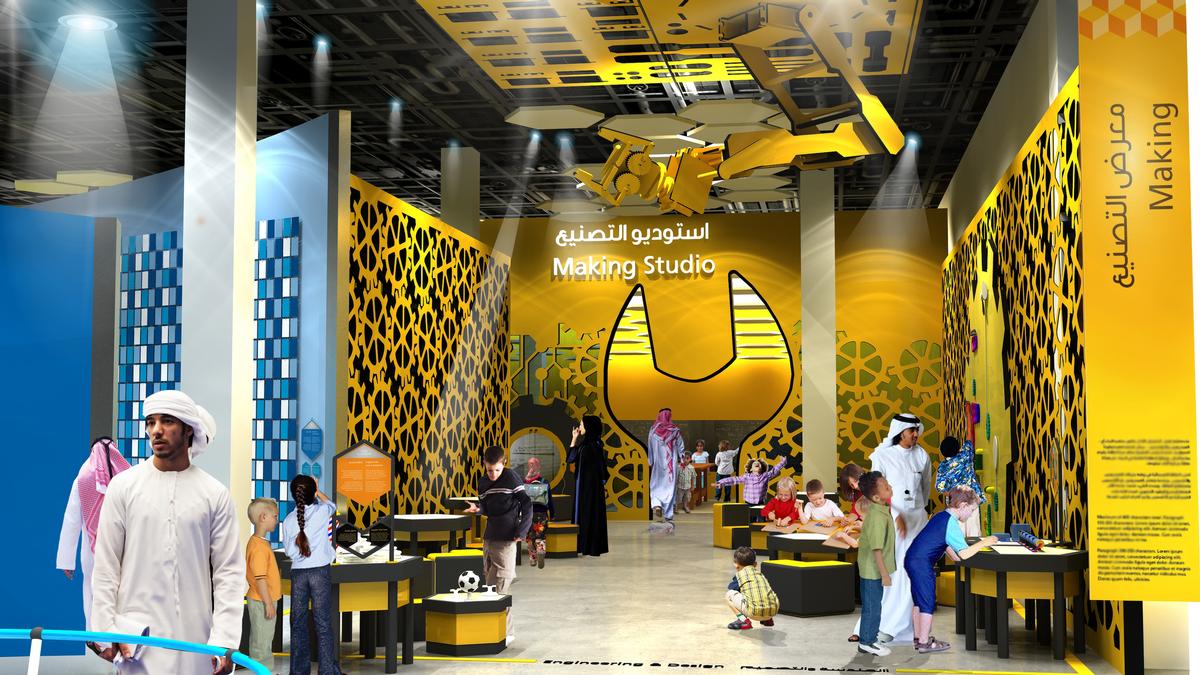see all jobs
Stay ahead of the game by future-proofing science centres, says NorthernLight director
Peter Slavenburg, director of Dutch design agency NorthernLight, has suggested several ways to Future-proof Science Centres, including invisible technology, serious play and co-creation.
NorthernLight, specialists in science centre design and anything involving cultural and digital experience platforms, have worked on some of the world’s most spectacular science institutions. Recent works include Guangzhou Science Museum, the Innovation Zone at Milan’s World Expo and Media Experience in the Dutch Sound and Vision Museum among a host of projects around the world.
According to Slavenburg, as people and technology evolve, science centres need to stay ahead of the game, adopting new innovations to stay relevant to the public.
Speaking in the upcoming edition of Attractions Management, Slavenburg laid out several action points to prepare science museums for the future, with the first thing highlighted being the application of technology in an intuitive and elegant way.
“We have moved from a 20th-century world where technology was visible all around us, to a world where technology has become intuitive, omnipresent and invisible,” said Slavenburg. “Technology is advancing, but the presence of technology is diminishing. This is the way science centres should move as well.”
Slavenburg then raised the idea of co-creation and the exchange of ideas, goods and information, highlighting the sharing philosophy being applied through mediums such as social media, crowd-funding, and second-source interactive content.
“Many science centres seem to have missed this development and still primarily focus on one-way communication,” He said. “Instead of offering a game that for example teaches visitors about the pollution of the ocean, you could co-operate with a real project, crowdsource ideas and co-create solutions with visitors.”
On the topic of play, Slavenburg added that serious games are an important tool in the 21st century, with science centres among the first to introduce the concept, which uses gameplay and interaction for education. He also said that despite originally innovating the idea, some science centres are falling behind.
“Science centres need to catch up and learn lessons from these types of serious games,” said Slavenburg, referring to online and B2B programmes designed to teach the likes of engineers, pilots and surgeons.
“Science-based attractions could integrate serious games and real training software into their exhibitions. Take for example the brain surgeon game used to teach medical students. It would be fantastic to make this game available to science centres. The same goes for flight simulators and car mechanic’s augmented-reality devices.”
For more from Peter Slavenburg on future-proofing science centres, check out the next issue of Attractions Management, available soon.
More News
- News by sector (all)
- All news
- Fitness
- Personal trainer
- Sport
- Spa
- Swimming
- Hospitality
- Entertainment & Gaming
- Commercial Leisure
- Property
- Architecture
- Design
- Tourism
- Travel
- Attractions
- Theme & Water Parks
- Arts & Culture
- Heritage & Museums
- Parks & Countryside
- Sales & Marketing
- Public Sector
- Training
- People
- Executive
- Apprenticeships
- Suppliers


















































